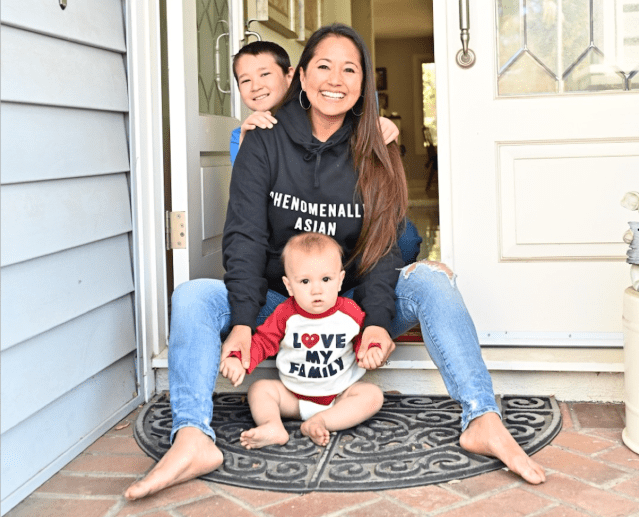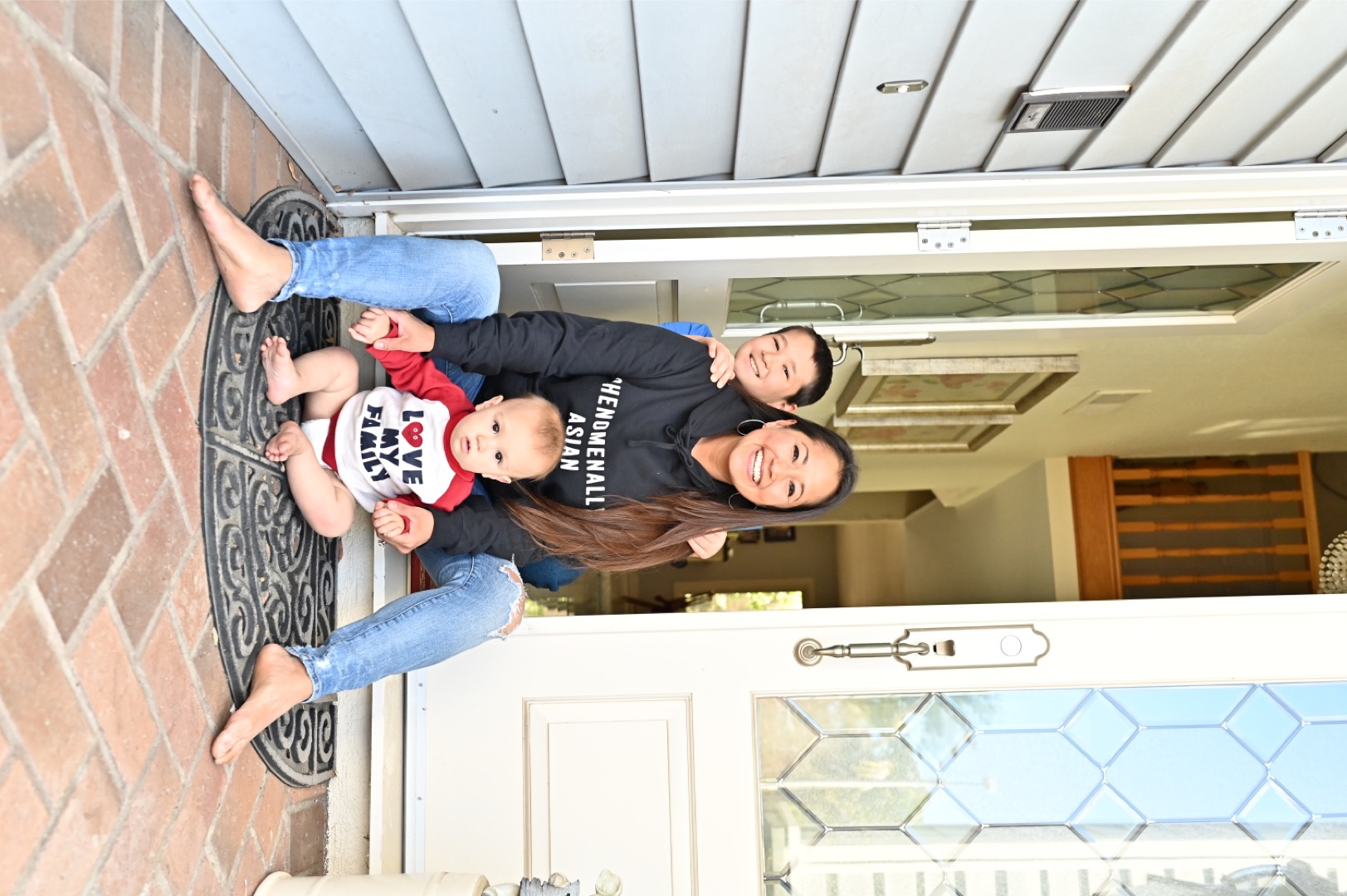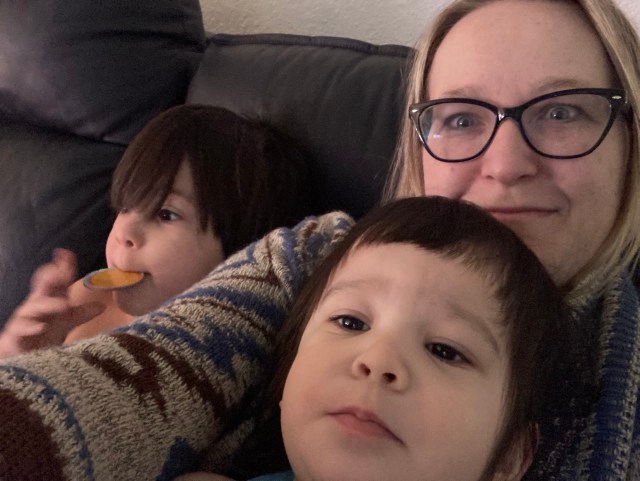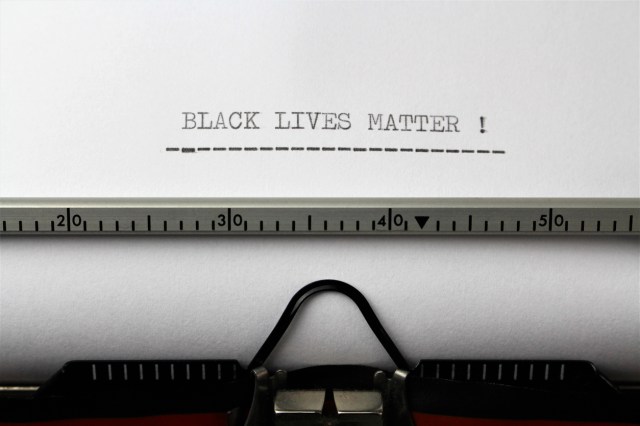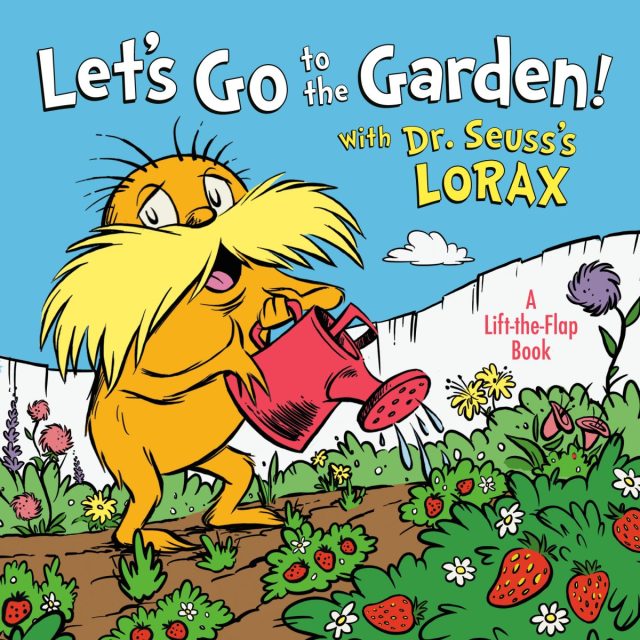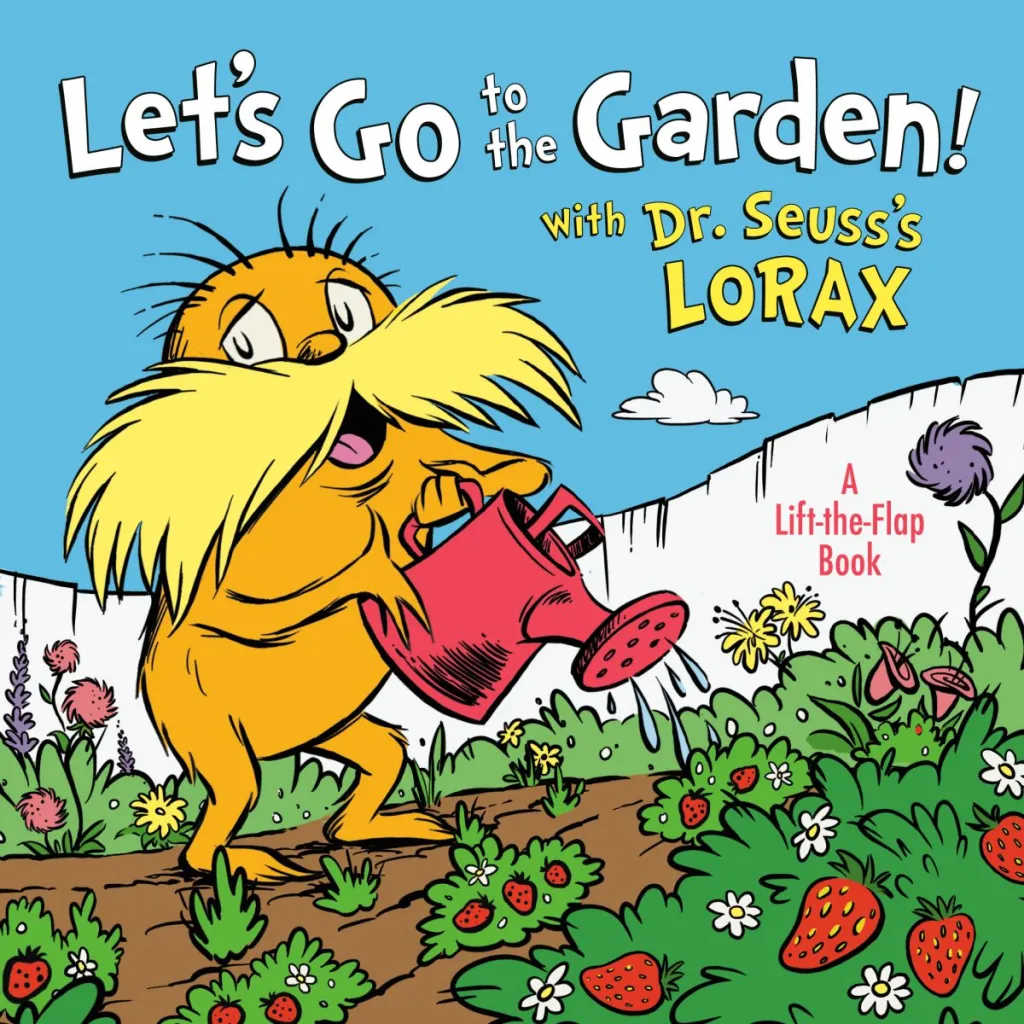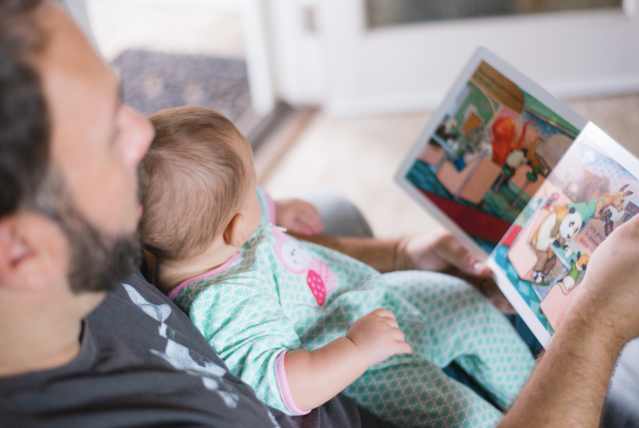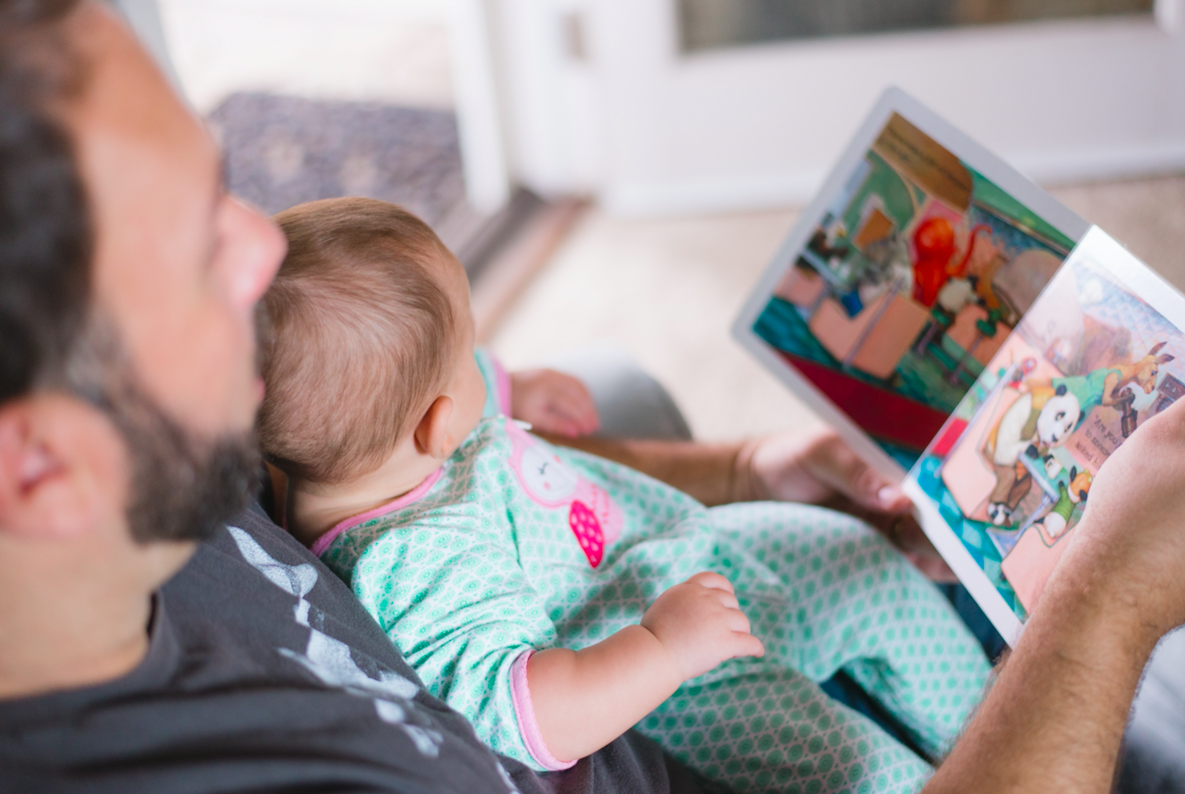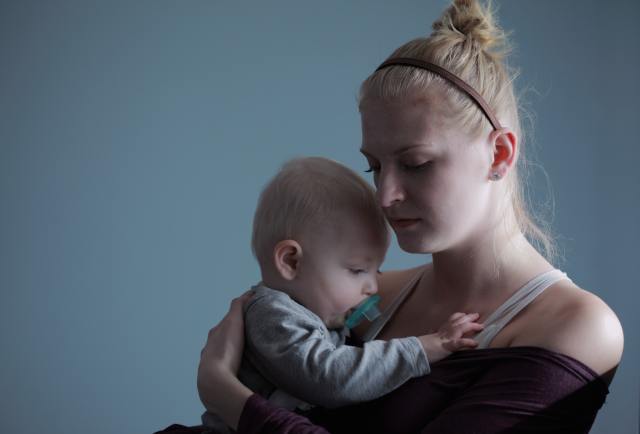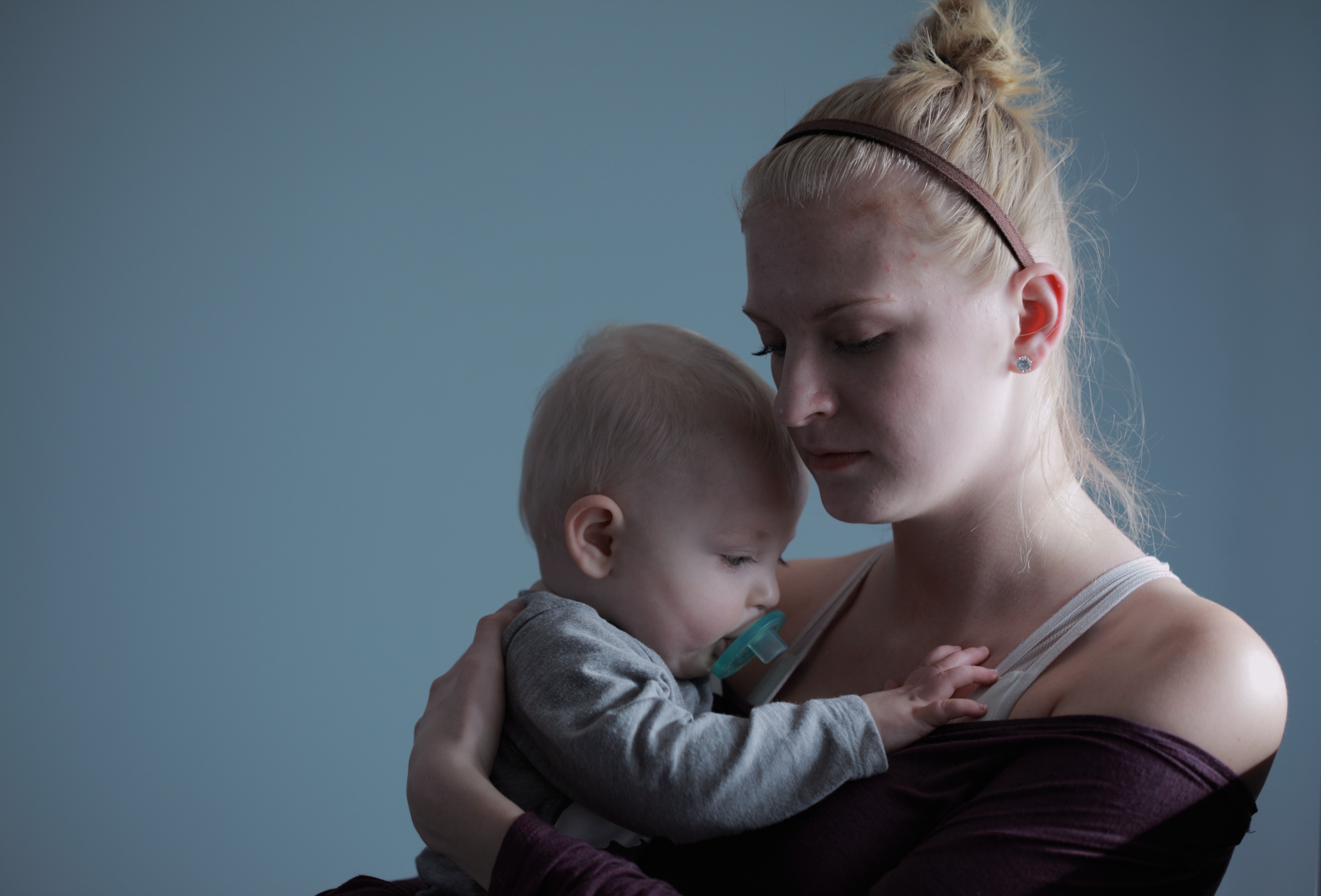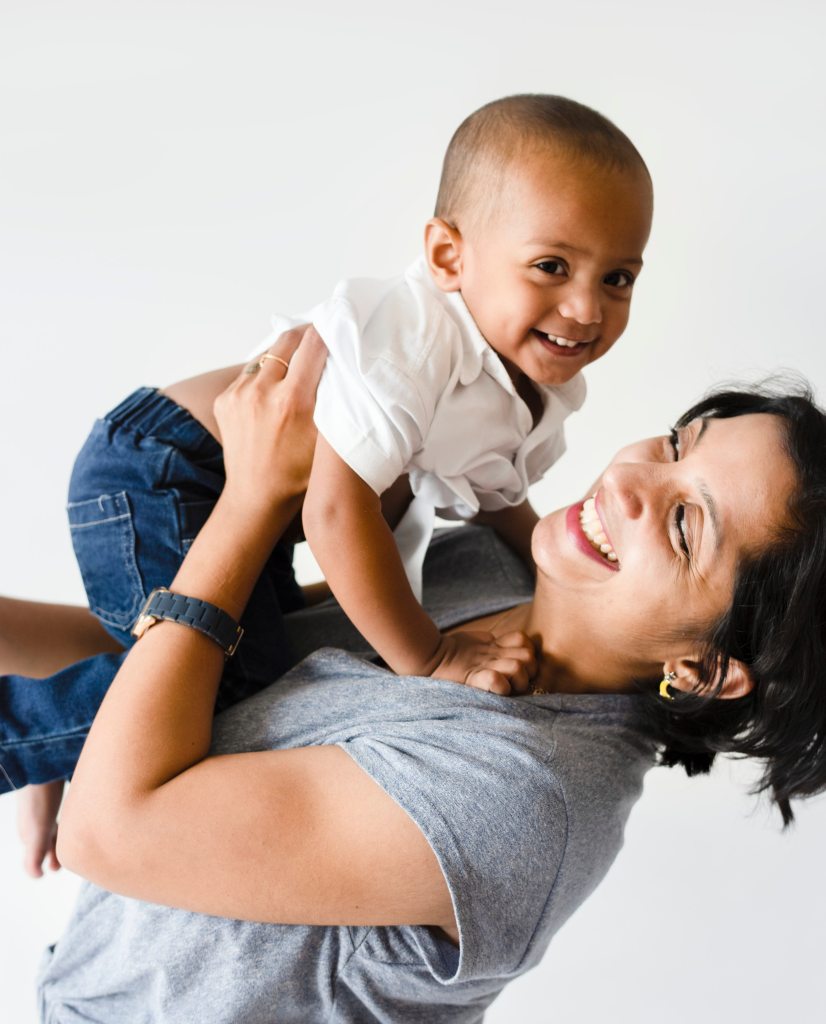
Authors’s Note: The following article is about miscarriage. Currently, many who suffer miscarriages suffer alone and those who do share their stories often aren’t met with the support they need. This is a PSA as a voice to help shift the societal norm of not talking about pregnancy loss as well as to offer tips for how others can support a grieving couple.
Miscarriage is unfair, terrible and painful.
It is one of those things that parents-to-be fear may happen to them. One of those things that unfortunately does occur to 1 in 4 women. And one of those things that is not talked about much, leading those going through it to feel mightily alone.
Miscarriage so often occurs that it is a common practice to avoid telling friends and loved ones about our pregnancies until after the 12-week mark, where the risk decreases significantly. The idea is that if we lose a baby in the early stages of pregnancy and have not told anyone yet, then we don’t have to go through the awkward and painful hassle of telling everyone that we are no longer pregnant. It sounds very practical. But, practical does not equal painless or healthy.
My concern about the common approach to pregnancy and pregnancy loss is that it has the potential to be even more painful. Often this grieving mama is left to suffer alone, retreating within, by not sharing about the miscarriage. There is this sense that sharing the news is “TMI” for others, too heavy, too personal, too negative. Or, if she does decide to share about it with her closest confidants, she is stressed about navigating how to broach the subject, which involves also telling them she was pregnant in the first place.
What’s more is that the accumulation of a society’s silent miscarriages leads many couples to feel alone in their loss. One of the best ways to process and heal from grief is to relate to others, feel their support and love, learn what helped them and express feelings. But, how can a mama find this from friends and family if she thinks she does not know anyone else who has gone through the same thing? The reality is, this mama most likely knows several women who have suffered, she just doesn’t know that she does.
This mama walks around, surrounded by others who have felt a similar pain, alone. She feels isolated in a sea of sisters. If only everyone had been open during their experience, she would have waves of support and love.
Another repercussion of the societal silence is that we aren’t practiced in how to offer help or support for a grieving mama. Don’t get me wrong, we try to do our best on the fly. We give sympathetic looks, we say “let me know if there anything I can do”, but we don’t know what to do and we move on, afraid of the uncomfortable conversation that is so often avoided.
In speaking with mom friends who have been there for a friend or who have suffered a miscarriage themselves, I have compiled a list of ways to support a grieving mama:
- Ask her how she’s doing and let her know that it’s okay to mourn.
- Don’t avoid the topic in fear of bringing up something that might make her sad. She already is sad. Show her you care. That said, if she doesn’t feel like talking after you’ve asked, respect that.
- Give her a hug—like a real hug. Hug her tight. Let her cry if she needs to.
- Make her something yummy to eat. It could be dinner, it could be dessert, it doesn’t matter. This not only shows love but saves her from having to plan and make food for herself when she might not have the drive to.
- If she is already a mom, offer to watch her kids. Give her a chance to grieve without having to tend to other little people. It will give her the rare opportunity to be able to put her needs and feelings first.
- If you feel close enough with the other parent or if your partner is, check in with them too. They may not have gone through the physical miscarriage, but they are still affected, hurt, sad and grieving too.
- If you have been through a miscarriage and feel comfortable sharing about it, relate with this mama. Let her know you’ve been there. Tell her what was helpful to you.
- Offer to do any of the above suggestions and see what resonates with her. Say “I want to help,” and tell her specifically the ways in which you can (such as the items above). Maybe she’ll pick what sounds best to her.
- If you don’t live near, send a card. Emily McDowell has several great cards for offering support.
- Lastly, if you are a friend or family member who is pregnant, please be thoughtful in the way you speak of your own pregnancy with or in front of this mama during this sensitive time.
I hope this societal norm shifts. I hope to see more families share about their pregnancy joys at the time that feels right to them and not just when miscarriage risk decreases. I hope the feelings of shame, embarrassment, isolation and fear that surround sharing about pregnancy loss fades. I hope mamas will look for and find solace and comfort in others should they need to.
And I hope we can learn how to be that solace and comfort in return.







